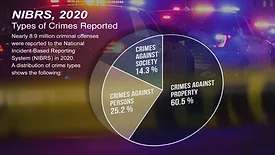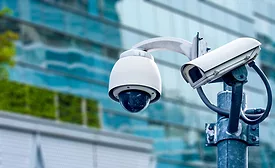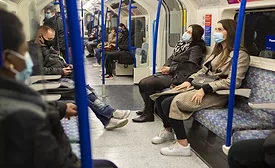Home » Keywords: » crime prevention
Items Tagged with 'crime prevention'
ARTICLES
The Security Podcasts
AMA: Retail Security Leader Edition — Hector Erazo
November 16, 2022
Enterprise Services
Tackling theft within the cannabis supply chain
The multi-billion-dollar supply chain that makes up the legal cannabis market has an extensive and varied threat landscape that requires a comprehensive risk management program.
October 7, 2022
Sign-up to receive top management & result-driven techniques in the industry.
Join over 20,000+ industry leaders who receive our premium content.
SIGN UP TODAY!Copyright ©2025. All Rights Reserved BNP Media.
Design, CMS, Hosting & Web Development :: ePublishing











